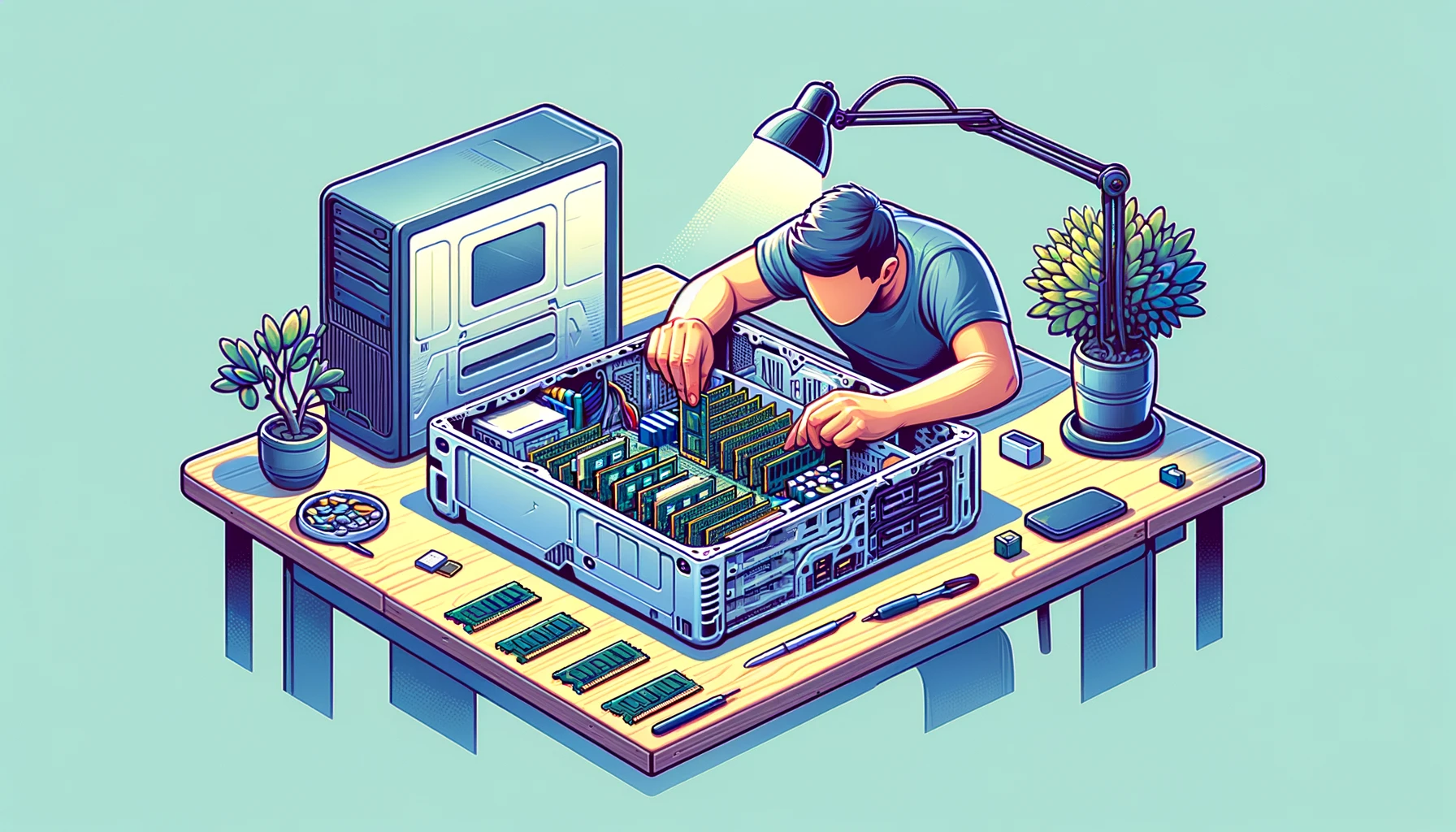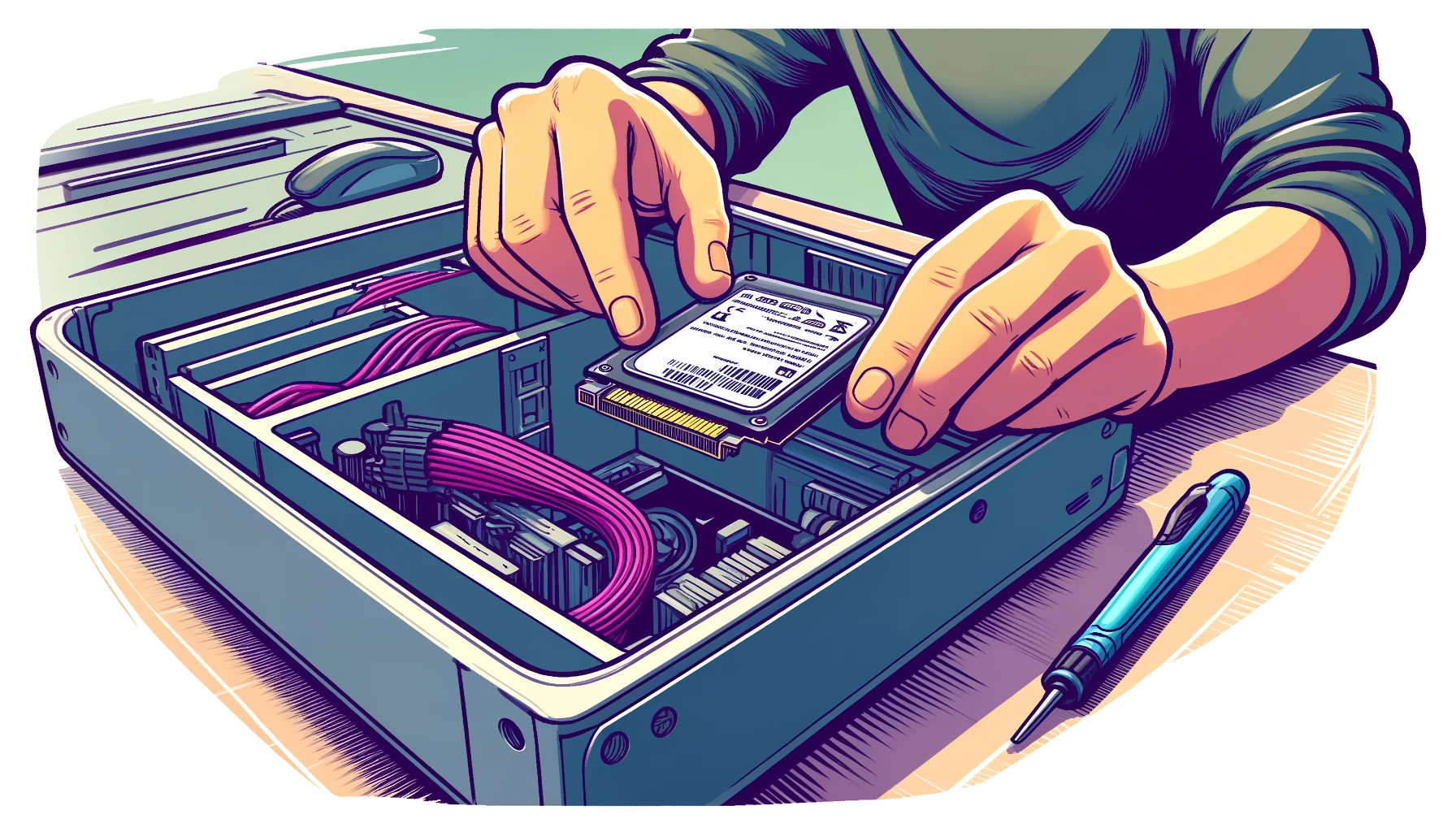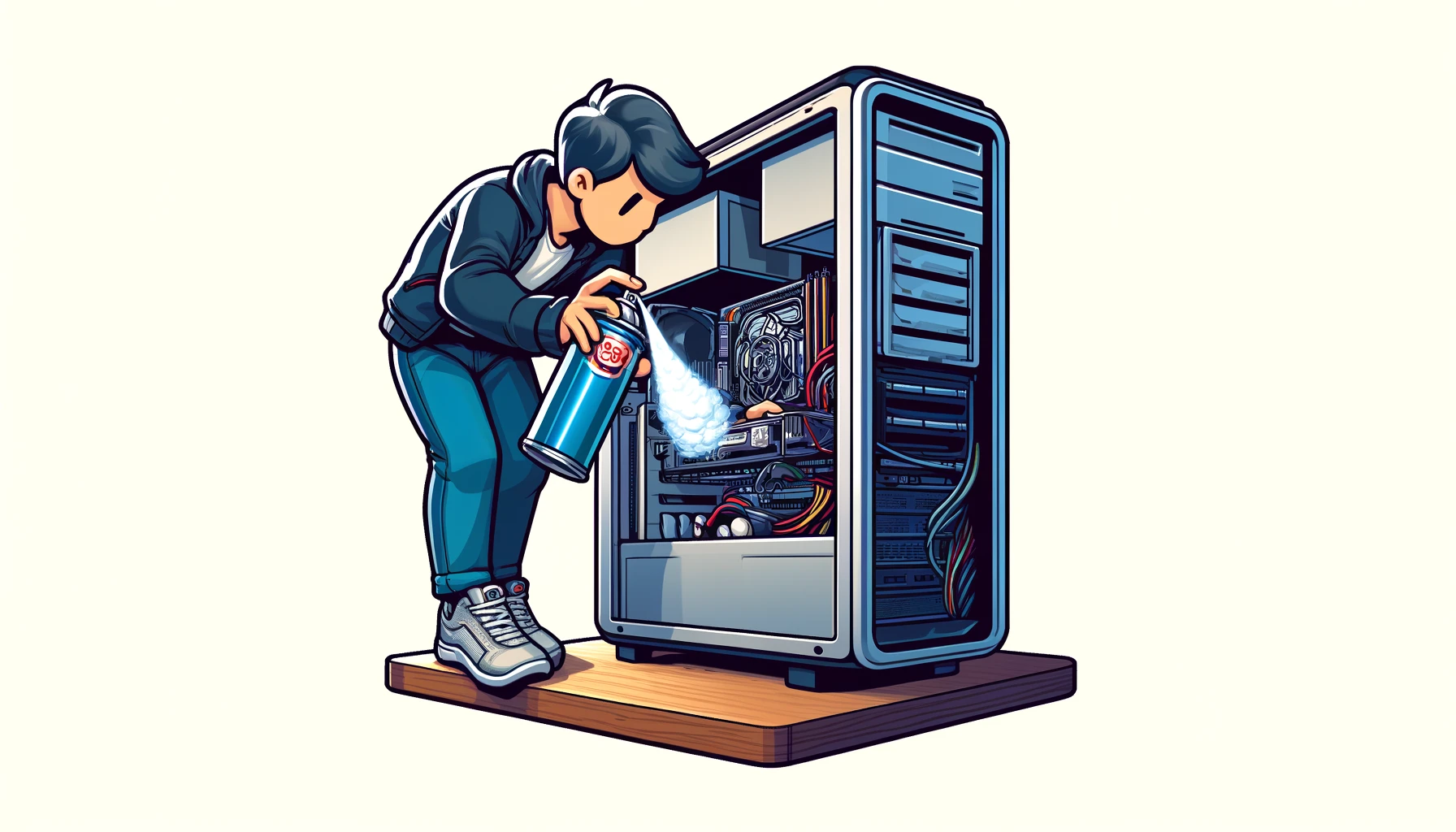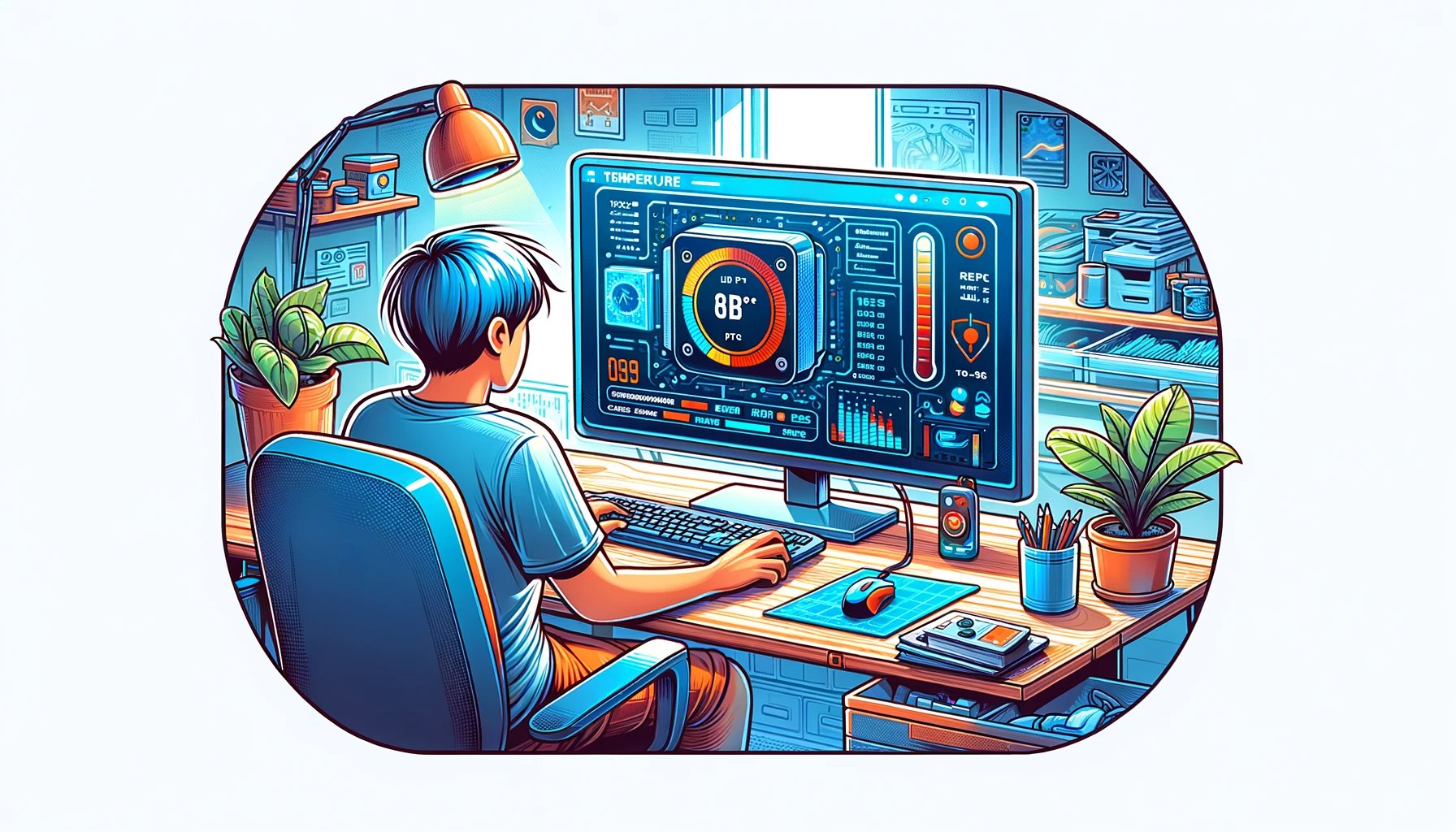Maximizing Your PC Performance: Tips for Hardware Optimization
Ever felt that your PC is not running as smoothly as it once did? I’ve been there, and I understand how frustrating it can be. Over time, even the best systems can start to feel sluggish. Fortunately, there are several hardware optimizations you can undertake to breathe new life into your machine. Let me share some tips I’ve picked up along the way to help you get the most out of your PC.
Quick Navigation:
- Upgrade Your RAM
- Swap to an SSD
- Keep Your Hardware Clean
- Monitor Your Temperatures
- Update Your Drivers
- Optimize Your Storage
- Upgrade Your Graphics Card
- Check Your Power Supply
- Conclusion
Upgrade Your RAM
One of the easiest and most effective upgrades you can make is increasing your RAM. If you’re running on 4GB or 8GB of RAM, consider doubling it. More RAM means your PC can handle more tasks simultaneously, which is particularly useful if you’re into multitasking or using resource-intensive applications.

Swap to an SSD
If your PC still uses a traditional hard drive, switching to a Solid State Drive (SSD) can significantly improve your system's performance. SSDs are faster and more reliable. After upgrading to an SSD, I noticed my PC booted up in seconds, and applications loaded almost instantly.

Keep Your Hardware Clean
Dust is a silent killer for PC components. I make it a habit to clean my PC every few months. A can of compressed air can help remove dust from your case, fans, and heat sinks. This not only helps your PC run cooler but also extends the lifespan of your components.

Monitor Your Temperatures
Overheating can cause your PC to slow down and can even damage hardware. I use software like HWMonitor to keep an eye on my CPU and GPU temperatures. If temperatures are getting too high, it might be time to clean your PC or upgrade your cooling system.

Update Your Drivers
Keeping your drivers up to date ensures that your hardware is running optimally. I use tools like Driver Booster to automatically check for and install the latest drivers. Updated drivers can improve compatibility and performance, especially for your graphics card.
Optimize Your Storage
Regularly clearing out old files and uninstalling unused programs can free up space and improve performance. I also defragment my hard drive (if you're still using one) to ensure data is stored efficiently. For SSDs, enabling TRIM can help maintain performance.
Upgrade Your Graphics Card
If you’re into gaming or video editing, a graphics card upgrade can make a significant difference. While it can be a bit pricey, the performance boost is often worth it. Before purchasing, I always check compatibility with my current setup to avoid any issues.
Check Your Power Supply
Your power supply is crucial for the stability of your system. Ensure it has enough wattage to support all your components, especially after upgrades. A reliable power supply can prevent crashes and hardware failures.
Conclusion
Keeping your PC in top shape doesn’t have to be a daunting task. By following these hardware optimization tips, you can ensure your system runs smoothly and efficiently. Whether it’s upgrading your RAM, switching to an SSD, or simply keeping your components clean, every little bit helps. Trust me, these changes made a world of difference for my PC, and I’m sure they will for yours too.

Comments powered by CComment